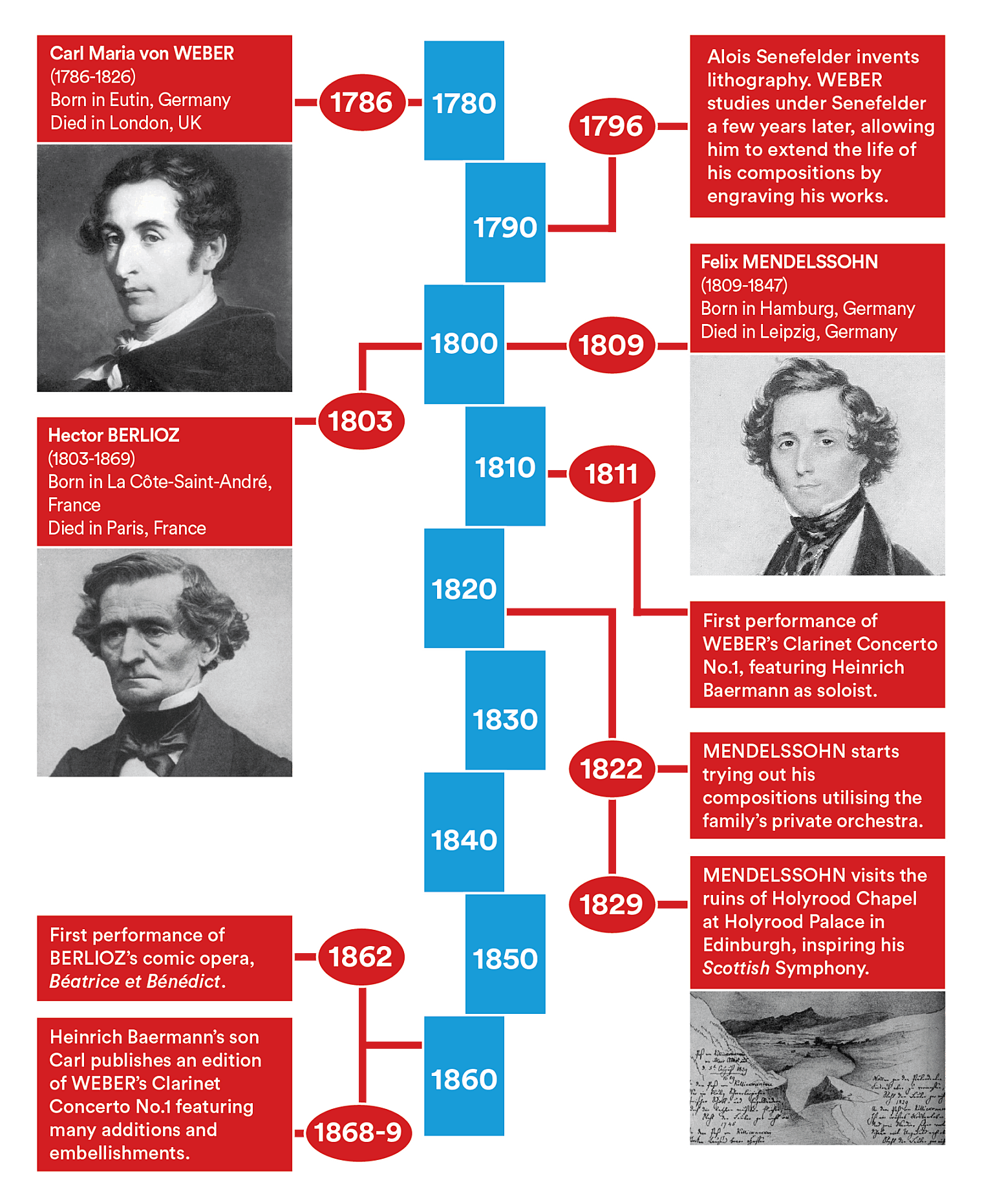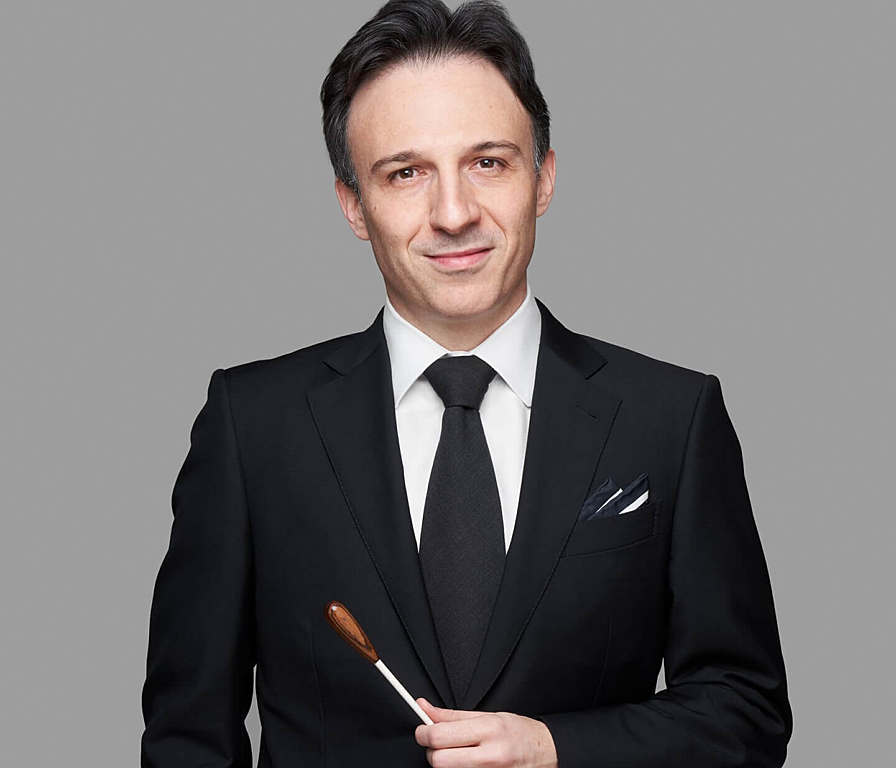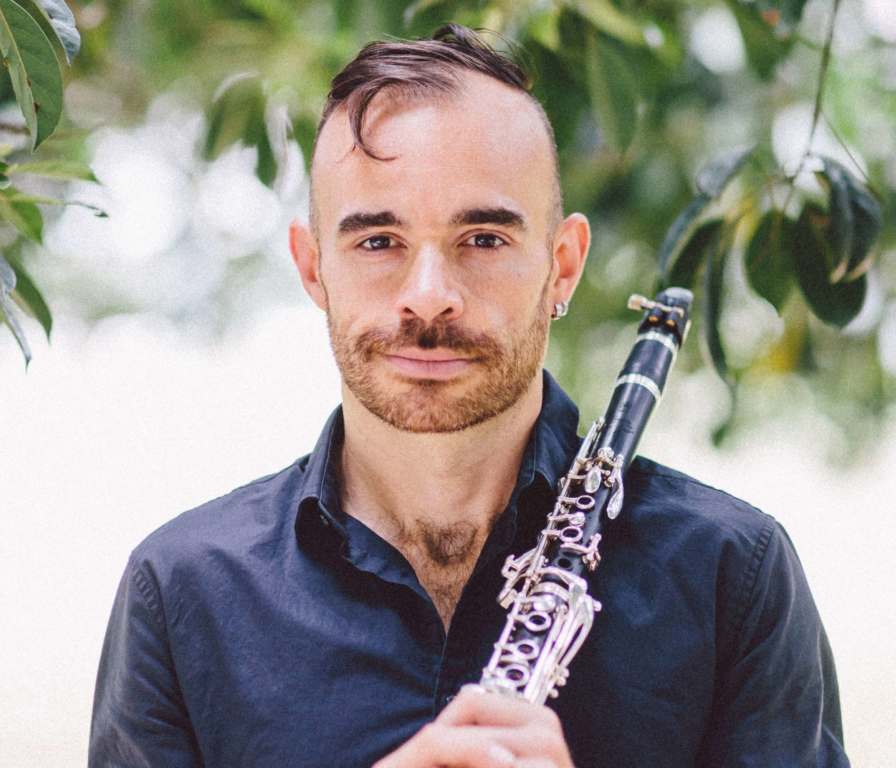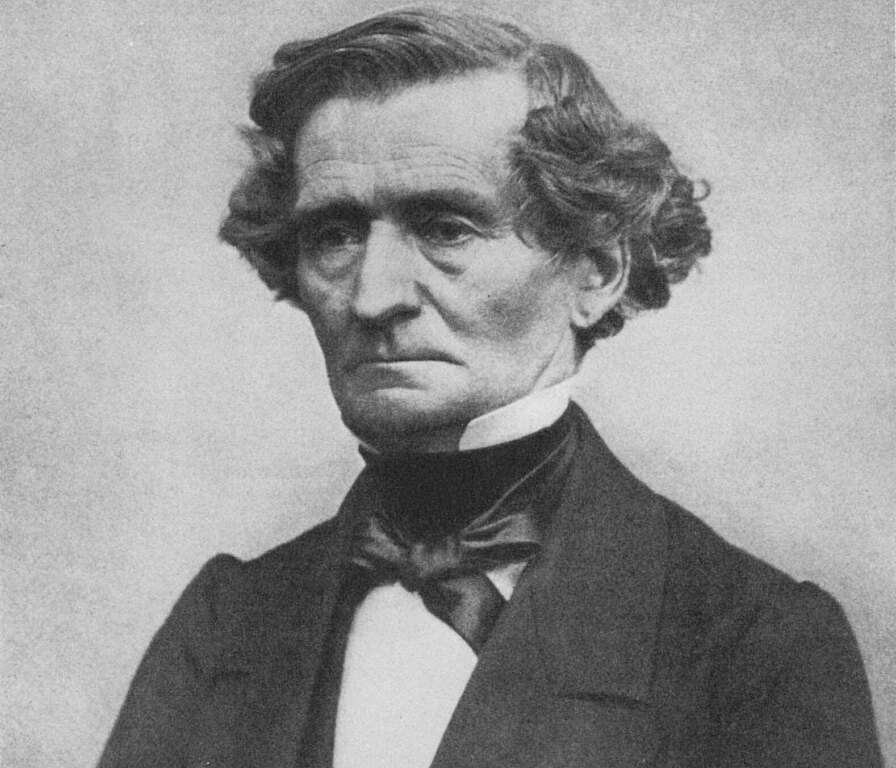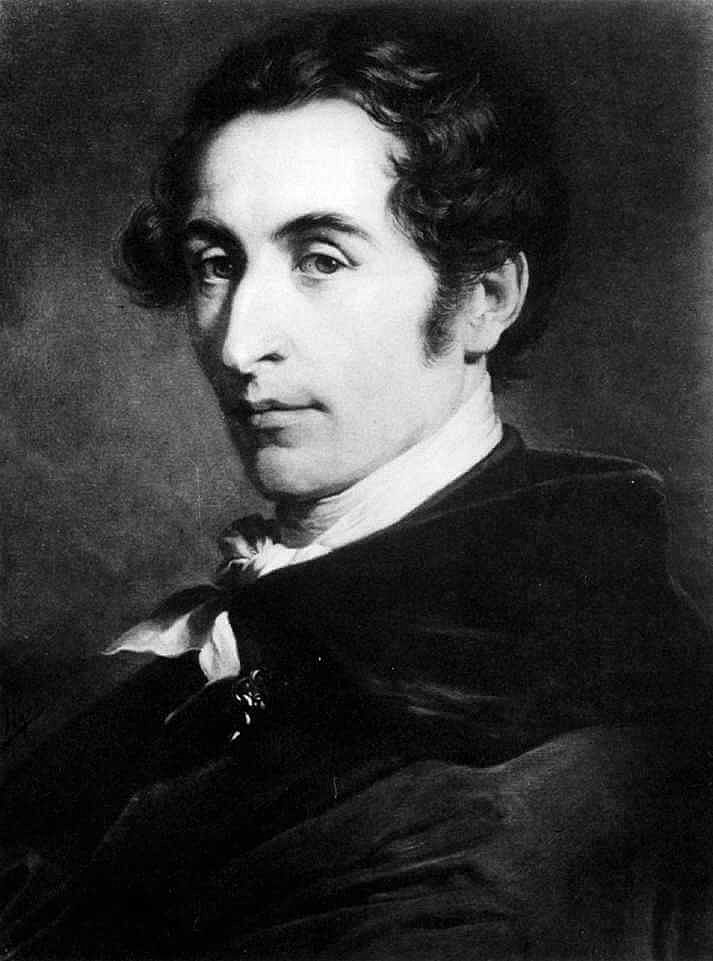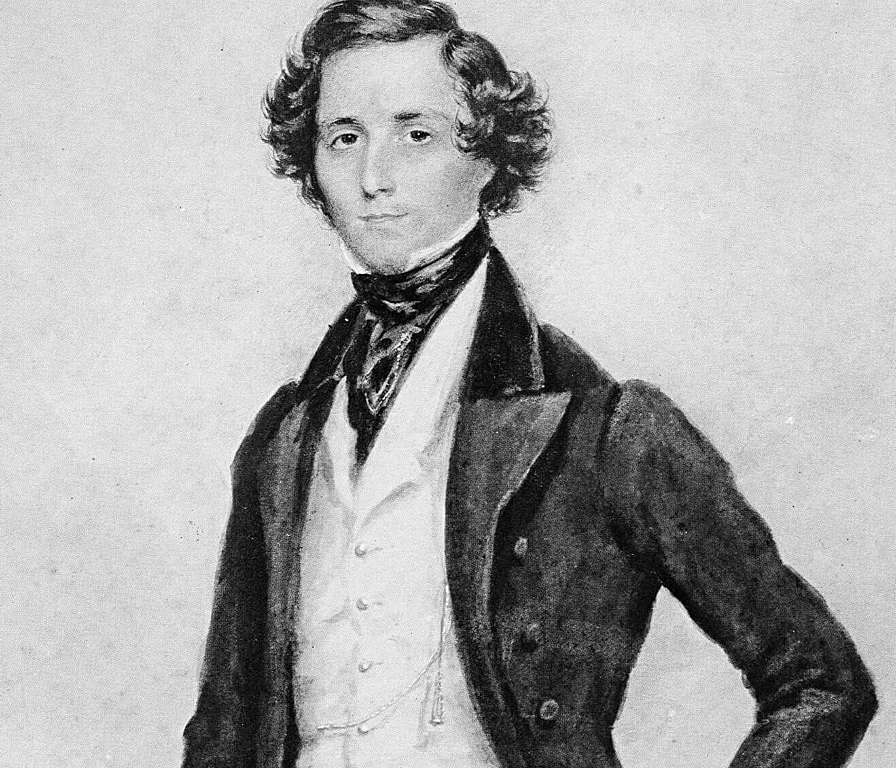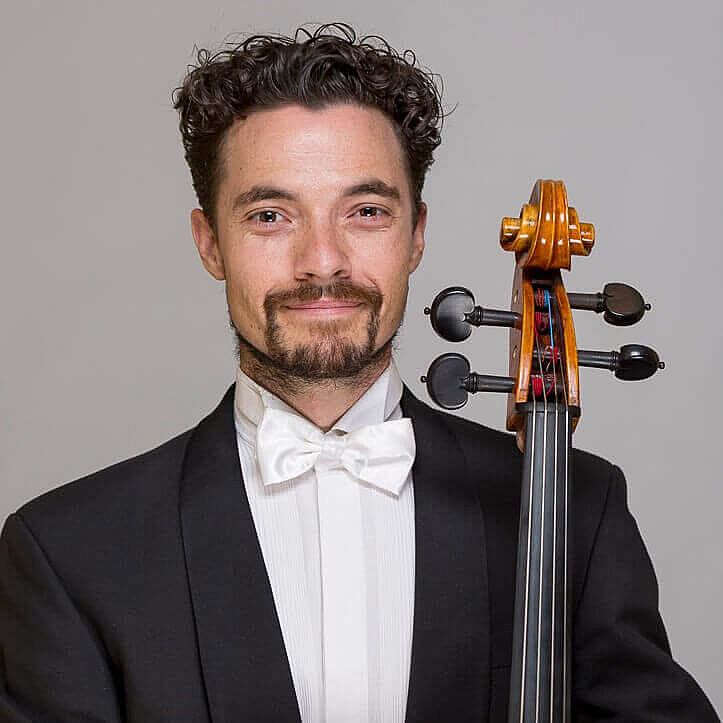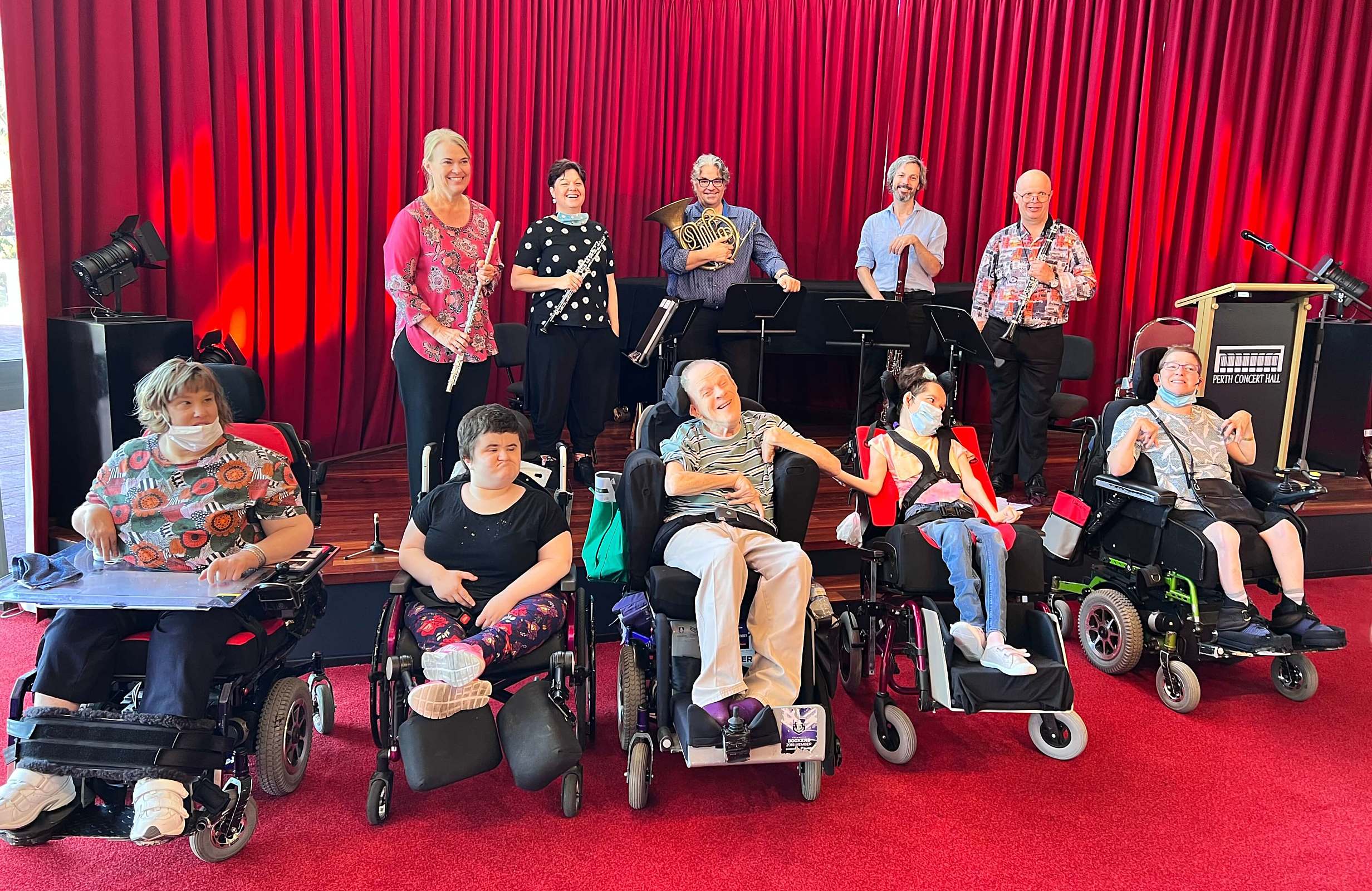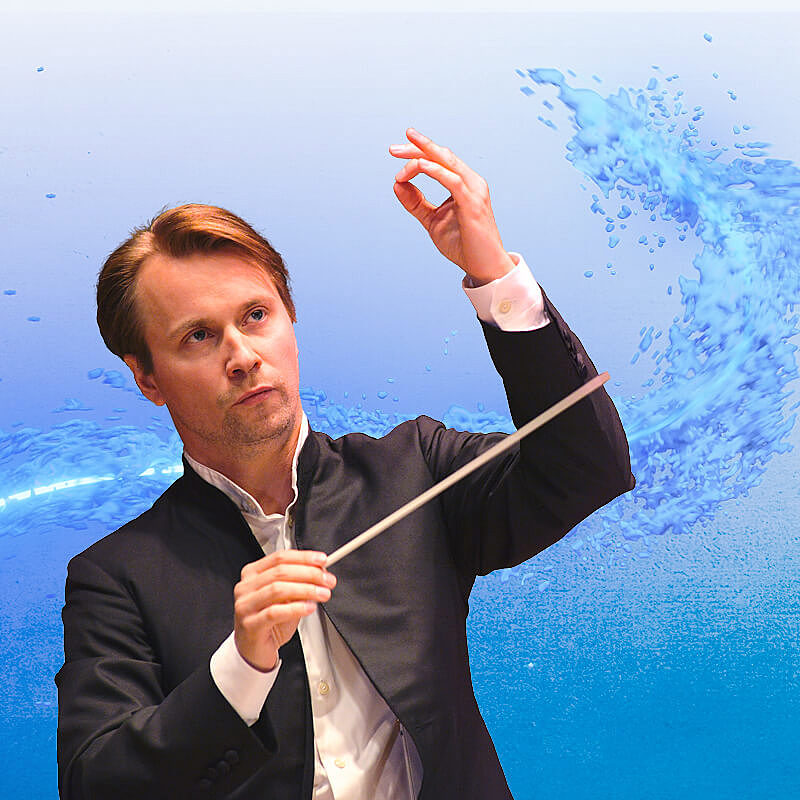Carl Maria von Weber (1786-1826)
Clarinet Concerto No.1 in F minor, Op.73
Allegro
Adagio ma non troppo
Rondo (Allegretto)
Much of the clarinet repertoire owes its existence to exceptional collaborations between composers and virtuoso players. Carl Stamitz wrote for Joseph Beer, Mozart for Anton Stadler, Spohr for Simon Hermstedt and Brahms for Richard Mühlfeld.
For Carl Maria von Weber, the clarinettist was Heinrich Baermann who, following a spell in the Prussian Guards regiment band, abandoned his military career and found his way to Munich, the Bavarian capital, where he obtained the position of principal clarinet in the court orchestra of King Maximilian I.
It was here, in 1811, that Weber encountered Baermann for the second time. (The pair had met in Darmstadt – Baermann on tour, Weber on the run after dodgy financial dealings had resulted in his expulsion from Stuttgart.) The composer was shortly to embark on a concert tour of his own, and invited Baermann to perform at his farewell concert. The evening was a success, and helped cement their friendship.
The two musicians continued working together in Munich, where the enterprising Weber was arranging a royal audience for his music. Knowing Baermann’s outstanding ability as a player and his position with the court orchestra, Weber composed the Concertino for clarinet and orchestra in E flat, Op.26, which received its premiere in the presence of the King on 5 April. Such was the royal approbation on this occasion that Weber was soon commissioned to write two full-scale concertos for Baermann.
Of the two clarinet concertos (No.1 in F minor, Op.73 and No.2 in E flat, Op.74), it is the first that is most often performed today, and was reputedly Baermann’s personal favourite. Weber completed it in May 1811 and Baermann gave the first performance on 13 June, at a concert given by Friedrich Kauffmann, the Dresden piano maker. The concertos were not published, however, until 1822, when Weber’s reputation (enhanced by the success of
Der Freischütz) was sufficient to boost confidence in the then youngest of wind instruments. On the other hand, it was Baermann’s artistry earlier on that helped to convince the musical public of Weber’s worth. The composer himself praised Baermann’s ‘complete evenness of tone from top to bottom and divinely tasteful phrasing’. The former was something of a novelty for, while most other clarinettists were playing five- or six-key instruments, Baermann had the Berlin firm Griesling & Scholt make him a ten-key boxwood clarinet.
This innovation not only facilitated Baermann’s naturally agile technical command, but resulted in the fluent delivery of notes throughout the range that Weber had noted. In response, Weber’s clarinet writing placed the instrument at the very edge of virtuosity, and presents formidable challenges even today. At the same time, the Concerto in F minor shows Weber as one of the first musicians of the Romantic period to perceive and liberate the dramatic potential of the clarinet as a solo instrument.
The orchestral introduction of the
Allegro establishes the sombre yet lyrical mood that pervades much of this operatic first movement. The soloist’s initial entry, in the upper register, is marked con duolo (with grief), and is typical of the minorkey pathos by a composer with such a gift for dramatic writing.
Throughout the movement, Weber uses the clarinet’s entire range, but is particularly effective in his handling of the natural
cantabile qualities of the upper register. Opportunities for clarinet bravura increase as the movement progresses. In fact, most performances include a virtuoso interpolation just before the
cadenza by Baermann himself.
In the
Adagio ma non troppo Weber combines the clarinet with other wind instruments, exploiting the instrument’s enormous potential for timbral versatility. An instant of exceptional elegance occurs with his use of chorale-like horns to accompany the clarinet after the virtuosic
minore episode. Within the solo part, Weber contrasts the poignancy of the upper register, used in the outer sections, with fiery ascents from chalumeau to altissimo register in the animated middle section.
The work concludes with an ebullient
Rondo in the
tonic major. The rondo theme, heard four times in all, has the manner of a capricious jaunt. Yet, embedded in the abundance of wit and bravura, there is a moment of bittersweet anguish, providing a link not only with material from the earlier movements, but with Weber’s natural inclination to operatic lyricism.
Ingrid Pearson © 1997
First performance:
13 June 1811, Heinrich Baermann soloist.
First WASO performance:
12 December 1949. Rudolf Pakarek, conductor.
Most recent WASO performance:
13 October 2012. Michael Collins soloist, OttoTausk conductor.
Instrumentation:
two each of flutes, oboes and bassoons; three horns, two trumpets; timpani and strings.

